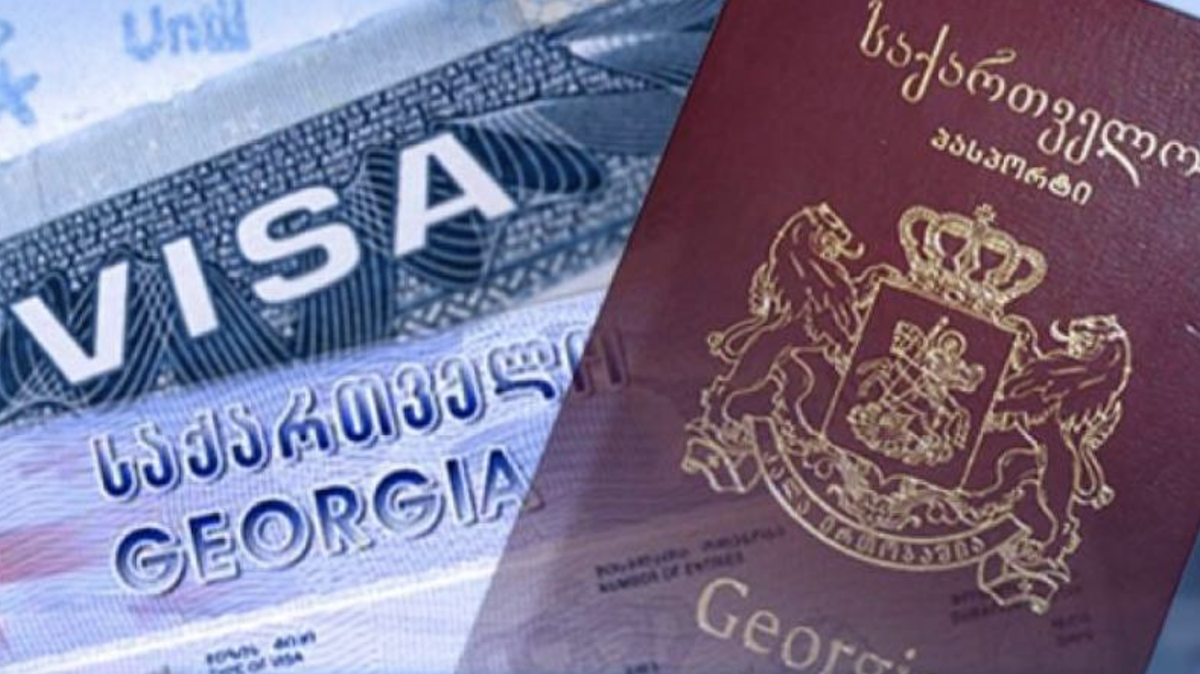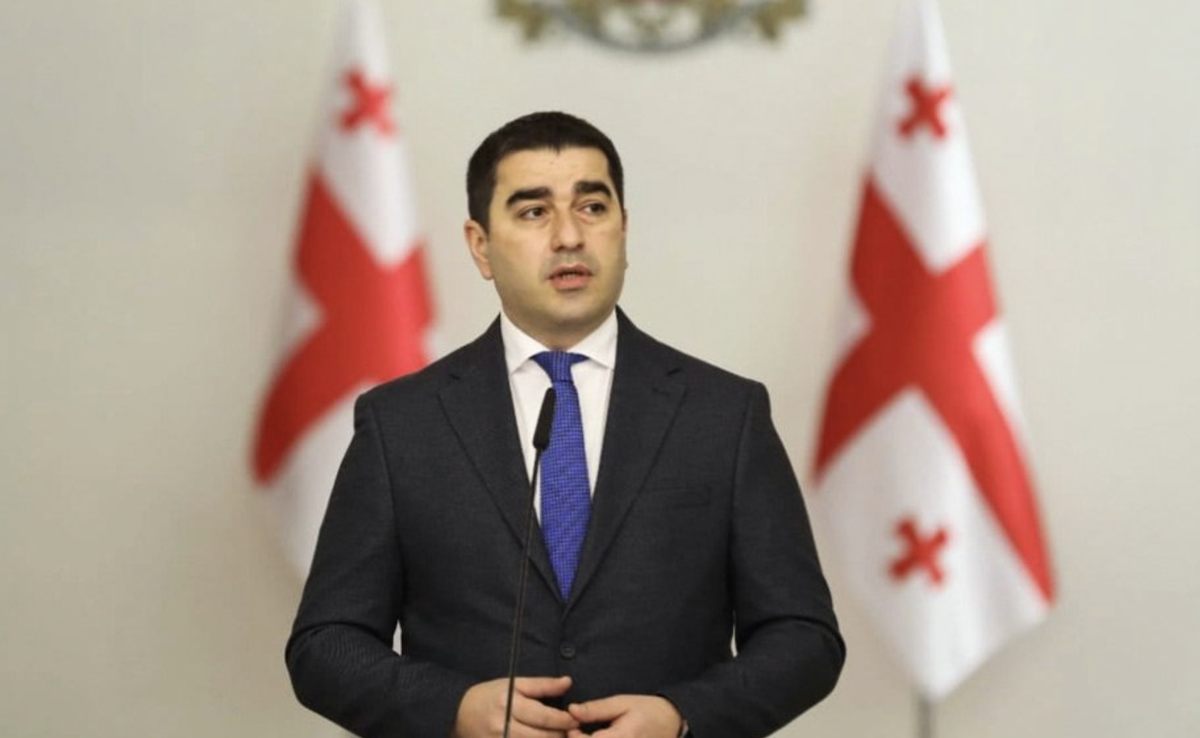Why Russia insists on using 1920s maps for border demarcation. Commentary from Baku
Russia is interested in demarcation of borders between Azerbaijan and Armenia with the use of maps dating back to 1920s. Thus, the Kremlin is pursuing far-reaching plans that have nothing to do with the Caucasian countries, says Azerbaijani politician Natik Jafarli.
- Op-ed: Armenia and Azerbaijan have no say, Russia has the final word
- Are Yerevan and Baku about to sign new agreements? Rumors, statements and denials
- Armenia-Azerbaijan talks: new details from Armenia’s former Minister of Foreign Affairs
According to unofficial information, on November 9, Sochi will host a trilateral meeting of Russian President Vladimir Putin, Azerbaijani President Ilham Aliyev and Armenian Prime Minister Nikol Pashinyan. During the summit, the sides are expected to agree on several issues that remain open after the second Karabakh war.
“Speaking at the Valdai Forum, Putin said that the definition of the borders between Azerbaijan and Armenia would be implemented on the basis of military maps of the 1920s. In Armenia, this issue has caused serious controversy, but in Azerbaijan it has not yet become a cause of great excitement”, said Natik Jafarli, an Azerbaijani politician, one of the leaders of the opposition Republican Alternative party.
According to him, in Azerbaijan, discussions on the forthcoming delimination of the country’s western borders are being held at “extreme points”:
“Pro-government media and officials present everything in an exclusively white light, and a group of marginalized people who call themselves the opposition present everything in black tones. But, as is always the case, the truth is somewhere in between”.
What are the parties striving for?
“Let’s clarify one issue. As a side that has won, Azerbaijan insists on a peace treaty and hopes to resolve all issues with this one document: eliminate borders, reopen communications, have the territorial integrity of countries mutually recognized and thus guarantee the security of Azerbaijanis of Armenian, and have the regulation of cohabitation ensured by the laws of Azerbaijan.
The Armenian side is trying to discuss these issues separately, and have the regulation of these agreements in separate documents. Armenia wants to define borders, is interested in reopening communications, but hopes to leave the issue of recognizing territorial integrity for later, and discuss the status of Azerbaijanis of Armenian origin living in Karabakh separately.
What does Russia want? The Kremlin is interested in reopening communications, because it will thereby have an alternative and safer road to Armenia. The only land road connecting Russia with Armenia runs through the territory of Georgia, and with the road through Azerbaijan Moscow wishes to reduce its dependence on Tbilisi.
Russia is also interested in border demarcation. Immediately after the delimitation and demarcation, Moscow will take this border under its protection and increase its military presence in the region.
The Kremlin also wants to leave the issue of the status of the Armenians living in Karabakh for later, in order to keep in its hands the levers of pressure on both countries, using this “card”. If a comprehensive peace treaty is signed, the presence of Russian forces, the so-called “peacekeepers” in Khankendi [the Armenians call this city Stepanakert – JAMnews] and its environs will become meaningless.
The Kremlin is always considering another option: if tomorrow Azerbaijan and Armenia come to an agreement on all issues, de jure recognizes the so-called regime in Karabakh, which today is recognized de facto, and will remain in the region already at their “demands and requests,” the politician added.
Why is Russia interested in using 1920s maps?
According to Jafarli, the issue of maps from the 1920s USSR was thrown by Russia on the negotiating table for the reason that it set a precedent:
“Some territories of Russia were transferred to the union republics after the formation of the USSR in 1922. The territories thus went to Ukraine (including Crimea), Belarus, Kazakhstan.
Determination of the borders of Azerbaijan with Armenia on the maps of the 1920s will create a basis for the settlement of similar issues with the named countries – the former republics of the Union”.
What should Azerbaijan do?
“What is beneficial for Azerbaijan? Determination of borders on the maps of the 1920s is beneficial for us, and it is also in our interests to open communications in the region. But postponing the question of the future of Azerbaijanis of Armenian origin living in Karabakh does not in any way meet our interests.
Figuratively speaking, in this round you can win with a score of 2: 1. But for the next rounds, we need to get rid of the “one-man system”, create a more complex but effective model of governing the country, adopt a new Constitution and thereby strengthen the military victory and achieve cushioning of pressure, which will begin to intensify over time”, the politician wrote on his Facebook page.


















